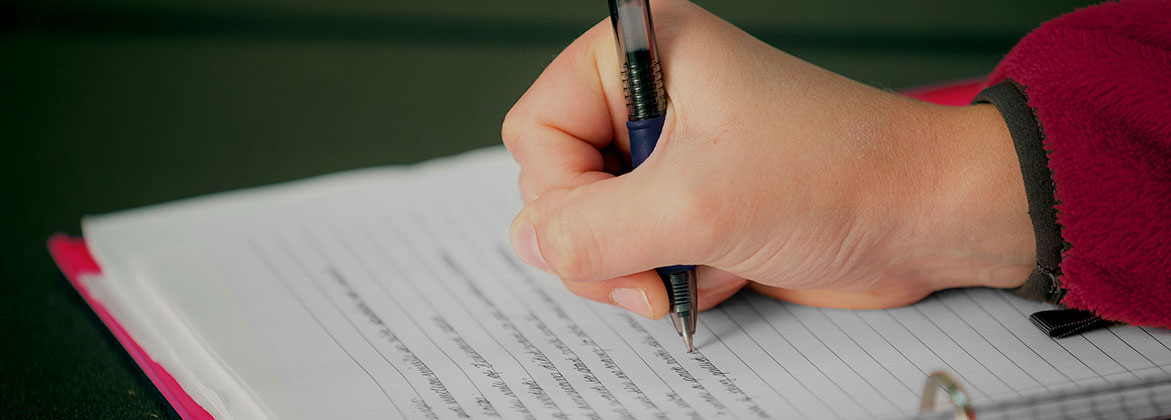Commas
A comma is a form of punctuation that can sometimes be tricky to place. The slippery little fellow looks like this: '
It joins a dependent clause and an independent clause.
Example:
- When John and Amber got married, they bought a house.
- Dependent Clause: When John and Amber got married
- Independent Clause: They bought a house
It sets off information that is not necessary for making a grammatically complete sentence.
Example:
- The Huns, led by Attila, almost defeated the Romans.
- Martin Luther King, Jr., was a great leader.
- George Bush, the president, spoke to Tony Blair.
- January 4, 2001, was a lovely day.
- San Antonio, Texas, is a great vacation destination.
The grammar would make for complete sentences without the information in the commas. If the grammar is not complete without the information, then you should not use commas.
It sets off transitions or introductory phrases.
Example:
- Therefore, the cat stayed on the roof.
- In 1912, my grandfather was born.
- Although his favorite color is blue, he painted his room green.
It separates three or more items in a listing. A comma is placed after every item in the list.
- Incorrect: The children enjoyed coloring, playing games, singing songs and eating snacks. (A comma is needed after "singing songs")
- Correct: The children enjoyed coloring, playing games, singing songs, and eating snacks.
Comma splices are formed when joining two complete sentences with a comma. Commas are not meant to be used in this way, but semicolons are.
- Tim likes to paint, he goes to Europe for inspiration.
- Tim likes to paint. He goes to Europe for inspiration.
- Tim likes to paint; he goes to Europe for inspiration.


